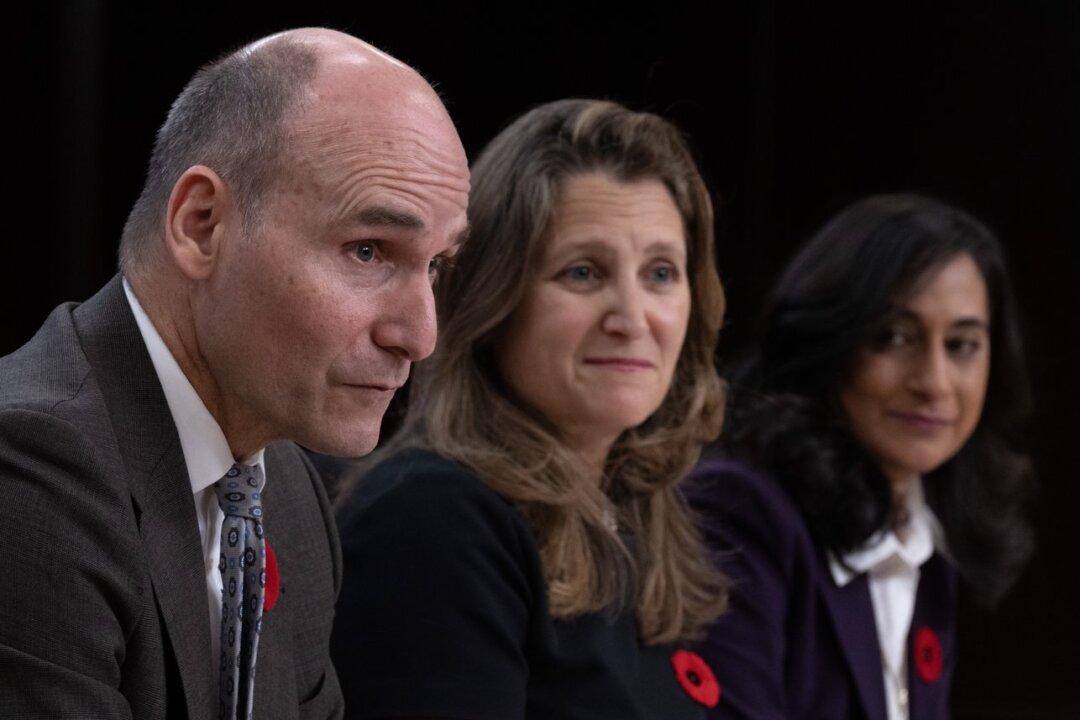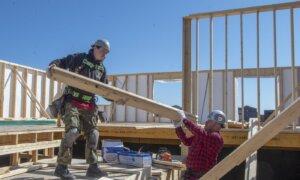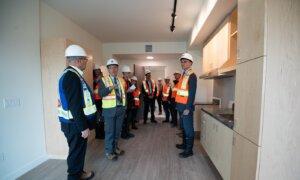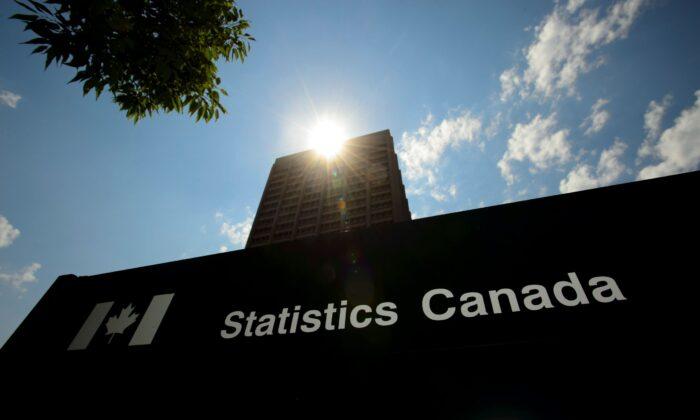As the federal government faces mounting pressure to address a national housing crisis, it announced on Nov. 7 that it would build more than 2,800 homes on its properties in cities across the country.
The latest announcement, which also comes as Liberals face a major dip in the polls, puts the government on track to build about 29,200 homes on public lands by 2029.
Procurement Minister Jean-Yves Duclos said on Nov. 7 the Canada Lands Corp. is setting a new target to include at least 20 percent affordable housing across its projects.
“This will mean around 5,300 affordable homes in the next five years, which is twice as many as in the last 30 years,” Mr. Duclos said at a news conference in Ottawa.
“This is a significant acceleration of providing affordable homes to Canadians but we think—and we know—there is more we can do.”
Mr. Duclos said that the Crown corporation, through agreements with developers, will be unlocking 2,800 additional units by March 2024 in Calgary, Edmonton, Ottawa, and St. John’s. A minimum of 300 of the units will be set aside for affordable housing.
Asked whether the federal government will sell off these properties or keep them on its books, Mr. Duclos said a mix of strategies may be used.
The Nov. 7 announcement is the latest effort by the federal government to address the national housing crisis by boosting housing supply in the country.
Mike Moffatt, the senior director of policy and innovation at the Smart Prosperity Institute, said the federal government has taken bolder action on housing over the last few months.
But while getting more homes built on federal lands is a good step, the number of units that will be built pales in comparison to what’s needed to address the shortage, he said.
The Canada Mortgage and Housing Corp. estimates the country needs to build 3.5 million homes—above the projected pace of building—by 2030 to restore affordability.
“A few thousand here and there, while they certainly help, are just a very small move in the right direction,” Mr. Moffatt said.
The federal Liberals’ attempt to get ahead on the housing file comes as the government faces attacks from opposition parties over the affordability crisis.
Conservatives have seen their support in polling surge since the summer as the party’s leader, Pierre Poilievre, pins the blame for the housing crisis on Prime Minister Justin Trudeau.
Among Mr. Poilievre’s proposed solutions to the crisis is selling off 15 percent of federal buildings and lands for housing development.
The NDP has also criticized the federal government for its handling of housing policy, calling for more targeted investments in affordable housing, in particular.
Finance Minister Chrystia Freeland, who was present at the news conference, said this announcement “is just the beginning of a much more aggressive approach to using federal lands.”
Housing experts have been calling on the federal government to leverage its real-estate portfolio to get more homes built, particularly ones that would be affordable for lower-income Canadians.
Ms. Freeland is expected to present the fall economic statement in the coming weeks and has promised that the mini-budget would focus on housing and affordability.
One of the political challenges facing the federal government is that any new measures aimed at boosting the housing supply will take time to show results.
That means even if the Liberals introduce the right policies to speed up construction, Canadians may not see the benefits by the time there’s another federal election.
Faced with this challenge, Mr. Moffatt said the Liberals may want to look at other policies to help with the affordability crisis at hand.
“I do think there’s room to look at areas like rent supplements, like looking at increases in GST cheques, and those kinds of things, to make sure that people can afford to pay the rent,” Mr. Moffatt said.
“You do need a suite of policies to recognize that we’re not going to fix the supply crisis overnight and people are struggling today.”







